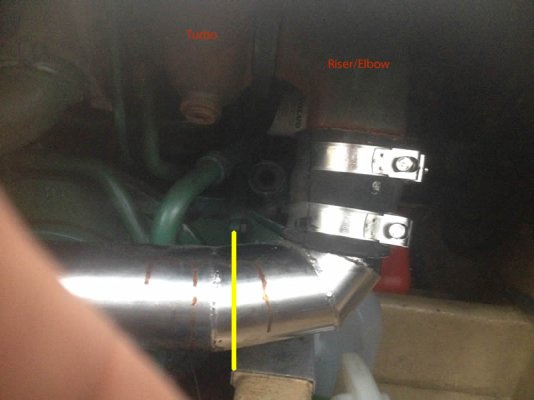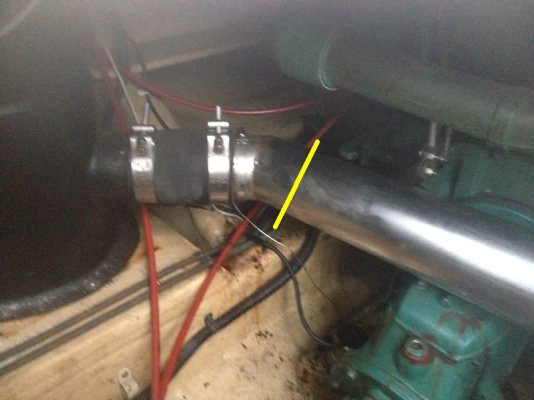shufti
Senior Member
Hi All,
The stainless exhaust pipe from the riser to the muffler has developed some rust and pinholes have started to occur. I'm considering switching to a flexible hose product rather than having new stainless pipe fabricated.
Can anyone offer any advice on doing this? Seems all the flexible pipe available is only rated to +100C and I assume temps would be higher than this as the pipe is situated just aft of the turbo. The motor is a Volvo TAMD41A.
Just started my search today so any and all advice/warnings etc are welcome.
Thanks.
The stainless exhaust pipe from the riser to the muffler has developed some rust and pinholes have started to occur. I'm considering switching to a flexible hose product rather than having new stainless pipe fabricated.
Can anyone offer any advice on doing this? Seems all the flexible pipe available is only rated to +100C and I assume temps would be higher than this as the pipe is situated just aft of the turbo. The motor is a Volvo TAMD41A.
Just started my search today so any and all advice/warnings etc are welcome.
Thanks.





